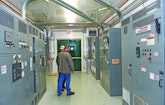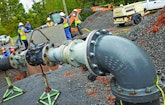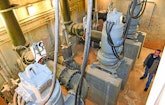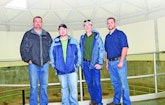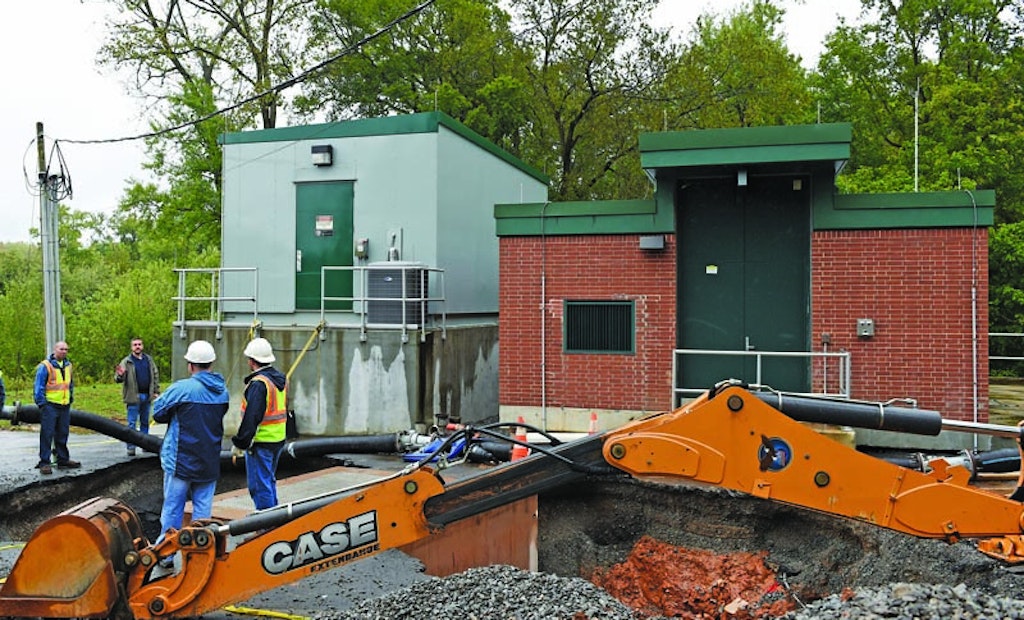
As rain poured down on Clarksville, Tenn., and floodwaters rose in early May 2010, the city’s utility collections team members could do little besides wait to find out what they would face when the waters receded.
As it turned out, that was quite a bit. In the months afterward,...

